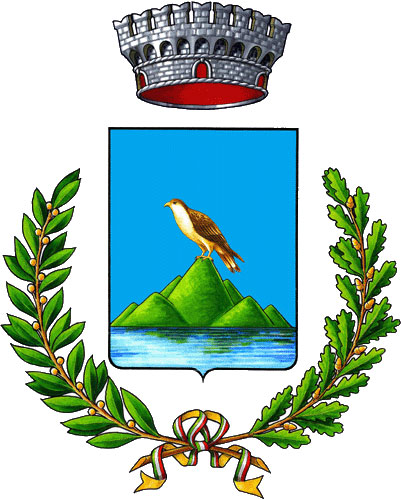

Polignano a Mare is an enchanting town along the Apulian coast situated on a rock overlooking the sea and known worldwide for its caves and for its products of the earth. Its particular inlets, which are also called 'blades', make Polignano immediately recognizable.
In one of these caves in the Santa Barbara area traces of settlements dating back to the Neolithic period of the 5th millennium BC were found.
In the 6th century BC, this area was conquered by Dionysius II of Syracusa and became part of Magna Grecia. According to history, one of the two cities of Neapolis Apula was founded here. The same name Polignano would derive from the Greek Polis Neapolis.
A testimony of the richness of this city has been found in a 1785 discovery of a rich sepulchre with a funerary outfit of extraordinary beauty. The excavations had been carried out by Bishop Mattia Santoro who had the finds brought to the Capodimonte Museum in Naples. After Napoleon's occupation, some of these were stolen and today they are scattered in many museums around the world and are known as the Polignano a Mare vases.
After the Roman conquest, Puglia became a strategic place for the port of Brindisi from which we embarked for the Middle East.
One of the stories that are told, around the foundation of the current village, is that the city was founded by Julius Caesar (or by the consul Caio Mario and then conquered by Caesar) who would have built the Caesaris Tower.
The Romans passed through Polignano a Mare on the Via Traiana, a road that started from Benevento and arrived in Brindisi along a path parallel to the Via Appia. Here in Polignano the road crosses the Lama Monachile, which owes its name to the presence of the Foca Monaca, with a bridge still usable. Polignano was one of the post stations of the Via Traiana.
With the fall of the Roman Empire, the area became part of the Holy Roman Empire of Byzantium and the presence of oriental worship is recognizable by the churches dedicated to Santa Maria di Costantinopoli and to the Saints Cosma and Damiano and to the monks Basilian.
In the meantime, the Catholic church had organized the territory into bishopric dioceses while Benedictine monks, like those who took the place of the Basilians in the hamlet of San Vito, tried to preserve knowledge and make agricultural knowledge available to the population.
The Byzantines were succeeded by the Lombards of the Duchy of Benevento and finally, to counter the advance of the Orthodox church, the popes called the Normans who dominated this area until 1194. With the Normans the territory was divided into fiefdoms assigned to noble families and were initially assigned to Goffredo d'Altavilla.
It was then the turn of the Swabians of Emperor Frederick II who in Puglia built some of his most spectacular castles. With Federico II the conflict between papacy and empire started and the church called the French Angevins who defeated the sons of Federico II in 1268.
The Angevins established their headquarters in Naples and ruled all of southern Italy while, in the meantime, the influence of the Republic of Venice was growing in the Adriatic Sea.
At the beginning of the sixteenth century, for a period of twenty years, Polignano was governed directly by the Venetians who used its port for commercial purposes, and in the centre of the city you can recognize the Doge's Palace.
In 1530, Polignano was then ceded to Charles V of Spain and the construction of the last protection wall system of the city was undertaken which was entered through the Marchesale Arch that dates back to this period.
Also in this period, a protection system against Turkish invasions was created consisting of watchtowers along the coast, such as that of Torre Incina and San Vito.
The Venetians also established their headquarters in Polignano and developed their flourishing businesses even during the period of domination of the Spanish of Aragon.
From 1604 to 1713, the feudal lords of Polignano were the Radulovichs, a family of Bosnian origin who were responsible for many of the churches and the convent of the Friars Minor.
The fiefdom then passed under the control of the Leto family for whom work was carried out on the church and the convent of Sant'Antonio which led to its new consecration in 1766.
In 1797, King Ferdinand I of Bourbon passed through Polignano with his family. The last feudal lord was Pasquale la Greca before in 1806 the laws created by Napoleon, who had conquered all of Italy, abolished feudalism.
During the Risorgimento, a Carboneria headquarters was active in Polignano which helped end the Bourbon Kingdom of the two Sicilies. In 1860, after the landing of Garibaldi with the Thousand, Polignano also became part of the Kingdom of Italy.
Today it is a splendid tourist city still renowned for the quality of its agricultural products such as the Carrot of Polignano, called Bastinaca di San Vito, potatoes, vegetables and olive oil.
Many famous personalities were born in Polignano a Mare, but the best known is certainly Domenico Modugno, known worldwide for his song 'Volare', whose statue is situated right in the centre of the town.









Follow us